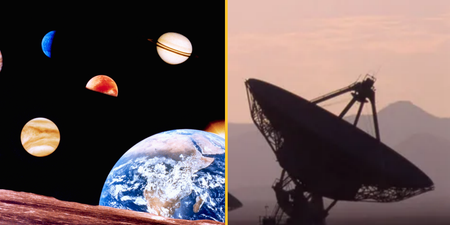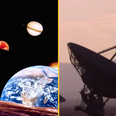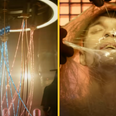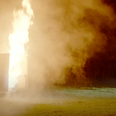The Quadrantid meteor shower is set to light up the sky tonight
A meteor shower that could be one of “2022’s best” is set to fly overhead tonight.
The Quadrantids peak during early January each year and are known for their bright fireball meteors.
The shower peak is predicted to be at 20.40 GMT tonight (January 3), and Brits could see about 50 shooting stars per hour. But the peak is a short one, with the number of meteors dropping by as much as 50 percent within just a couple of hours.
The Royal Astronomy Society says that it could be “2022’s best meteor shower.”
“This time the Moon will be just past New, so will its light will not interfere with the view and there will be a real benefit from watching the meteor shower under dark skies away from the lights of towns and cities,” they said.
“Unlike many astronomical events, meteor showers are easy to watch and no special equipment is needed.
“A meteor shower is best observed with the naked eye, and a reclining chair, a warm blanket and a hot drink make viewing much more comfortable on a cold January night.”
Meteors are the result of small particles entering the Earth’s atmosphere at high speed. The debris heat up as they enter the atmosphere and glow briefly before they are destroyed around 80 km above the Earth. These are what we see as ‘shooting stars.’
New Year, new Moon. 🌚
Stargazing is at its best during the new Moon on Jan. 2. Then, catch the peak of the Quadrantid meteor shower, and spot planets Venus, Mars, and Jupiter. Here's "What's Up" in January: https://t.co/OrE9pfpPXT pic.twitter.com/rGzLYcpNQG
— NASA (@NASA) January 1, 2022
With showers, the Earth passes through a cloud of debris left behind by comets and asteroids, and so many more meteors are seen entering the atmosphere.
Nasa says that the Quadrantid meteor shower “tends to be one of the better meteor showers of the year, and often produces a number of bright meteors called fireballs.”
Related links:
- Devastating solar storm ‘could send mankind back to Dark Age’, says new study
- Netflix viewers are missing post-credits scene after Don’t Look Up
- NASA finds first planet ever outside our galaxy
This year, because it coincides with the new moon, there will be “great viewing conditions, provided the skies are clear.”
The meteors get their name from the constellation Quadrans Muralis, from which they appeared to emerge. But this has since been abandoned and lives on primarily through the name of the meteor shower.
Nowadays, the constellation where the lights appear to come from is known as Bootes, and is near the Plough.
The Quadrantids appear when the Earth moves through debris left from the near-Earth asteroid (196256) 2003 EH1. thought to be the same extinct comet that was seen by Chinese astronomers more than 500 years ago.

















































